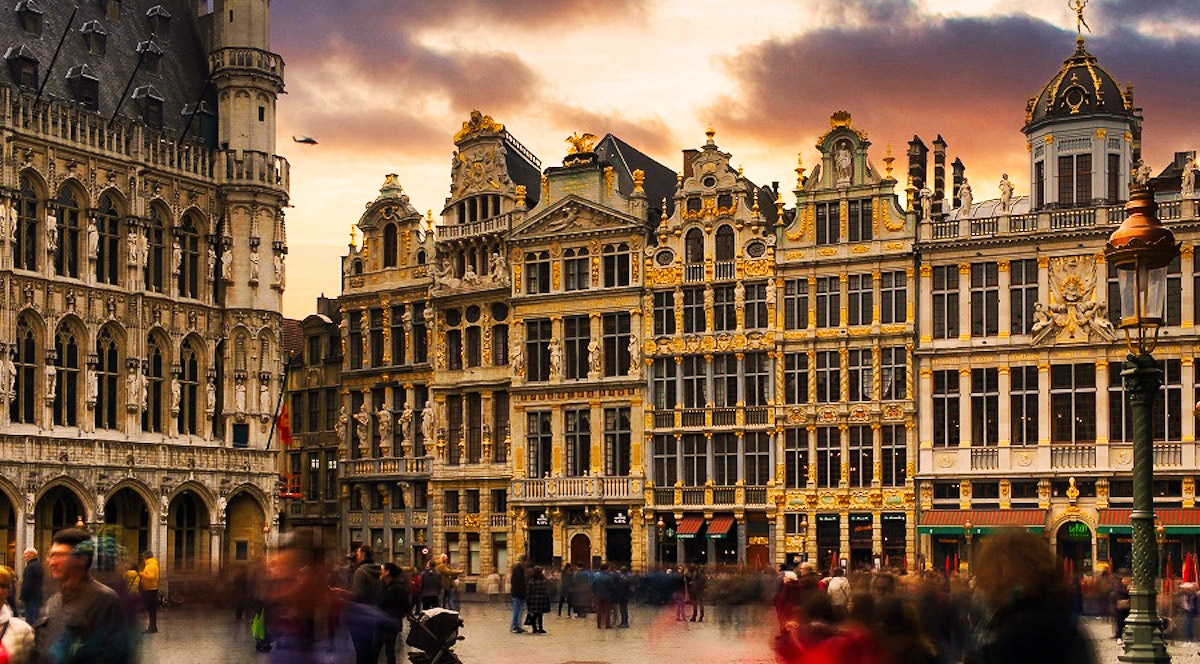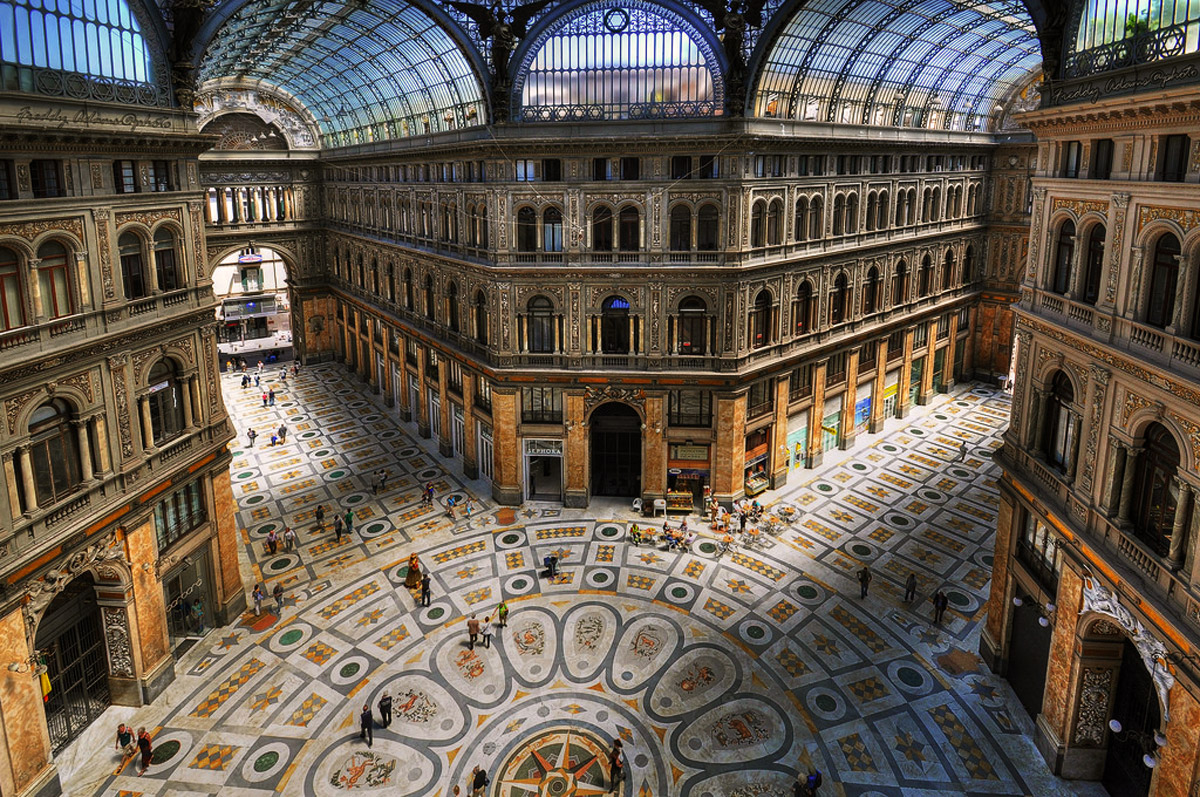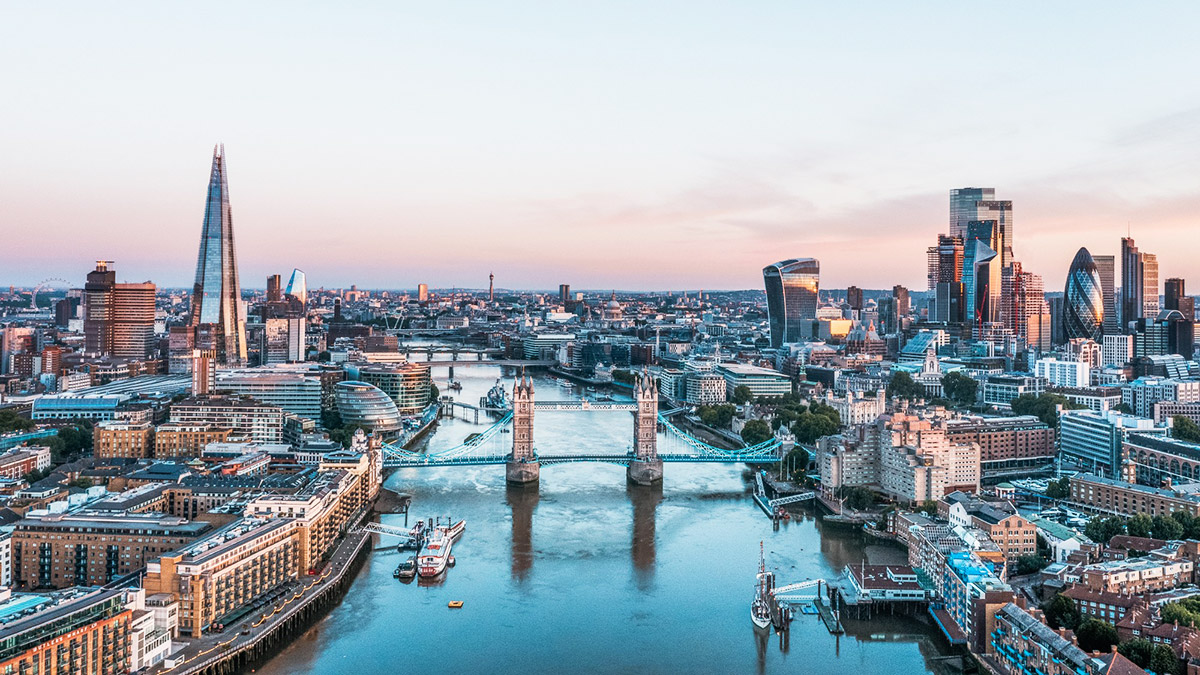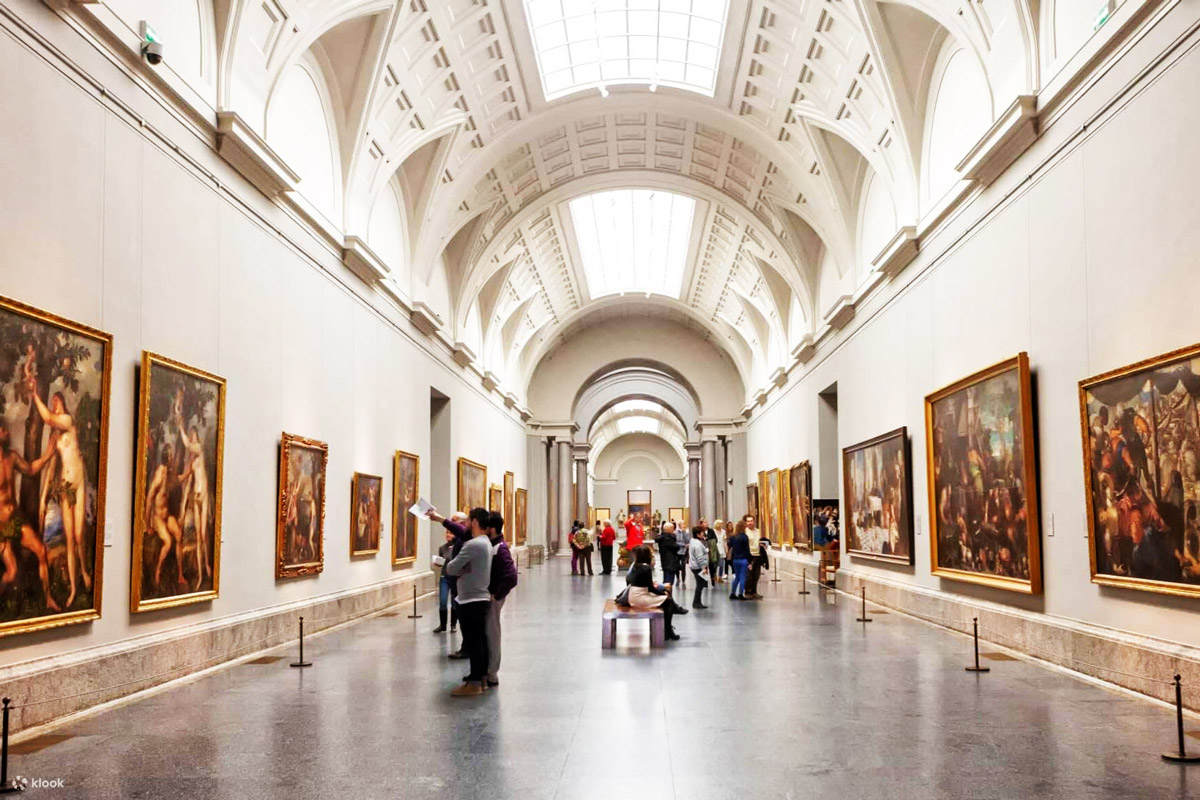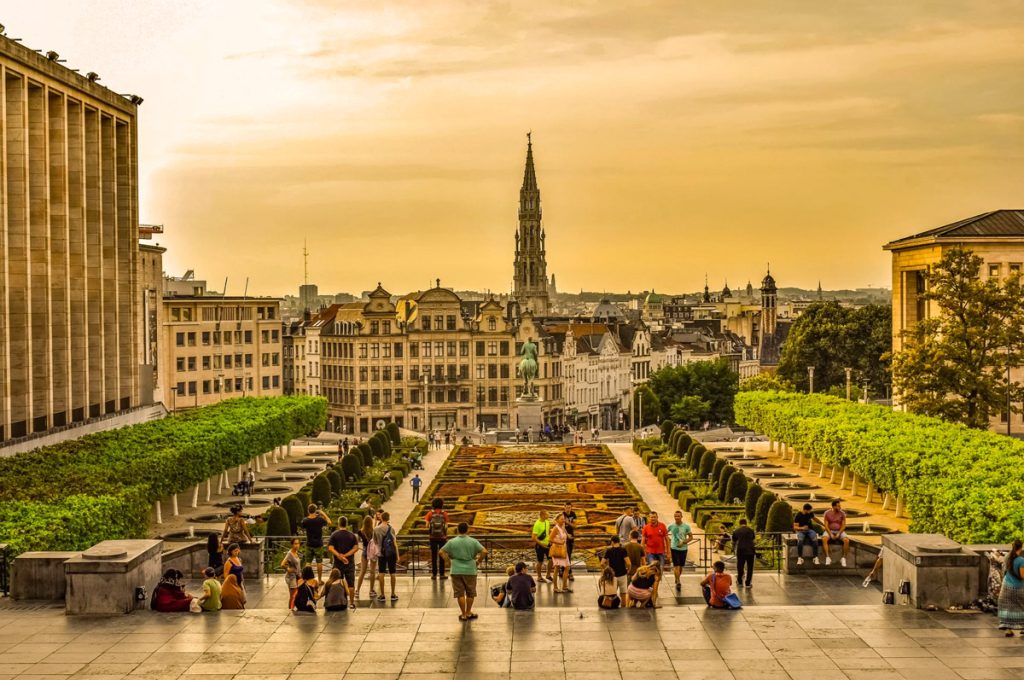
Introduction
Brussels, the capital of Belgium and the beating heart of the European Union, is a city that never sits still. It thrives at the crossroads of history and modernity, where medieval guildhalls stand proudly beside sleek EU buildings, and centuries-old traditions coexist with cosmopolitan flair. Walking through Brussels, you’ll find yourself swept into a rhythm of indulgence—crispy waffles dusted with sugar, pralines melting on the tongue, frothy beers shared in lively cafés. But beneath its sweetness lies depth: a city layered with political influence, artistic heritage, and an endless curiosity for culture. Brussels is not a place you just visit; it’s a place that engages all of your senses.
History
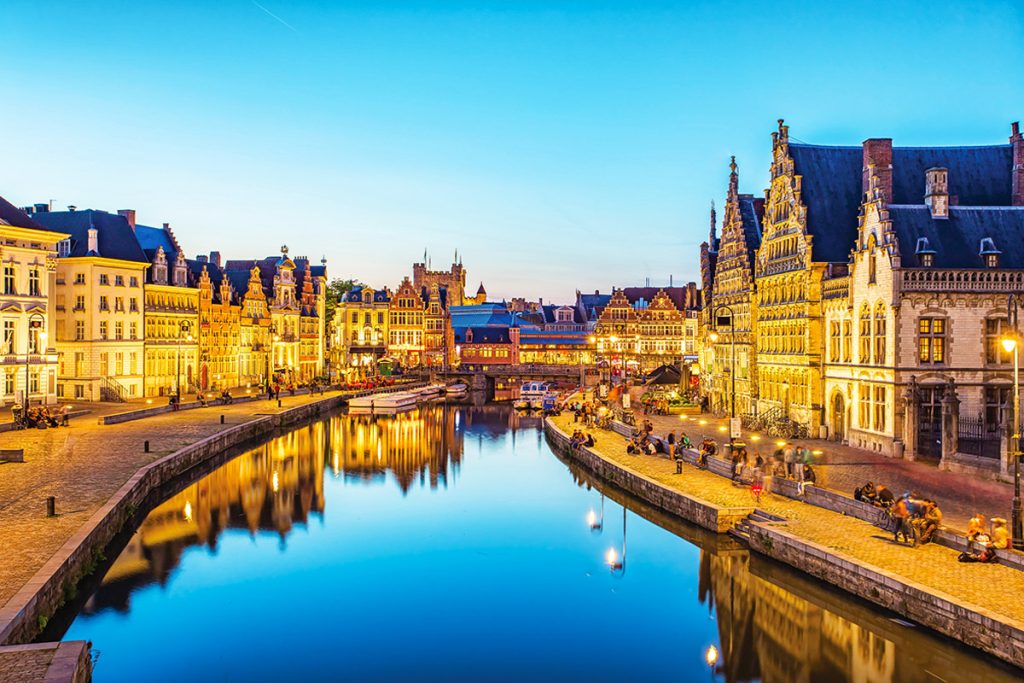
To understand Brussels is to appreciate its long and fascinating journey through time. The city began humbly in the 10th century as a small fortification along the River Senne, but quickly grew into a thriving hub under the Dukes of Brabant. Its medieval wealth shines brightest in the Grand Place, where ornate guildhalls symbolize centuries of trade and prosperity. Later, Brussels became a city of conquests and influences—Spanish, Austrian, French, and Dutch rulers all left their mark. By the 19th century, when Belgium achieved independence, Brussels took on its role as capital with pride, and in the 20th century it grew into the political hub of Europe. Today, it embodies both resilience and reinvention, holding onto its heritage while embracing its role as a global center.
Landmarks & Architecture
Brussels is a city built for those who love architecture, with its skyline telling stories across styles and eras. Every corner offers a surprise: Gothic cathedrals, Art Nouveau townhouses, quirky sculptures, and futuristic icons. Walking through the city is like flipping through an illustrated history book where each page belongs to a different century.

- Atomium – A bold relic of Expo ’58, the Atomium embodies mid-century optimism and imagination. Its gleaming spheres can be entered, offering exhibitions and stunning panoramic views of Brussels.
- Manneken Pis – Playful and irreverent, this little statue of a boy relieving himself has become one of the city’s quirkiest mascots, often dressed in themed costumes to mark special occasions.
- Palais Royal – The elegant Royal Palace of Belgium is a symbol of the monarchy’s presence in the city, and in summer, its interiors open to the public for a rare glimpse inside.
- Parc du Cinquantenaire & Triumphal Arch – A sweeping park anchored by a monumental arch, celebrating 50 years of Belgian independence with grandeur and pride.
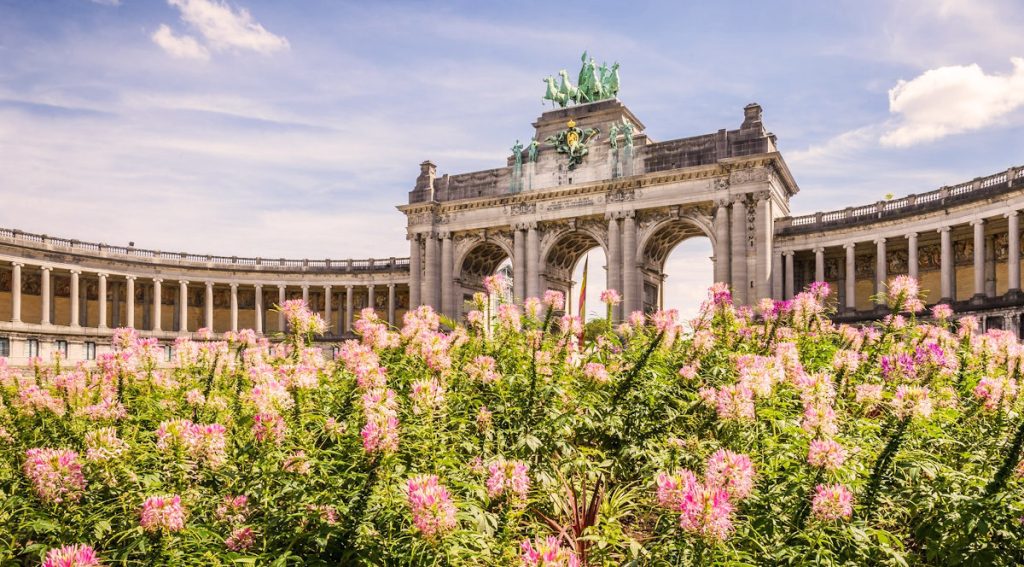
Spotlight: The Grand Place
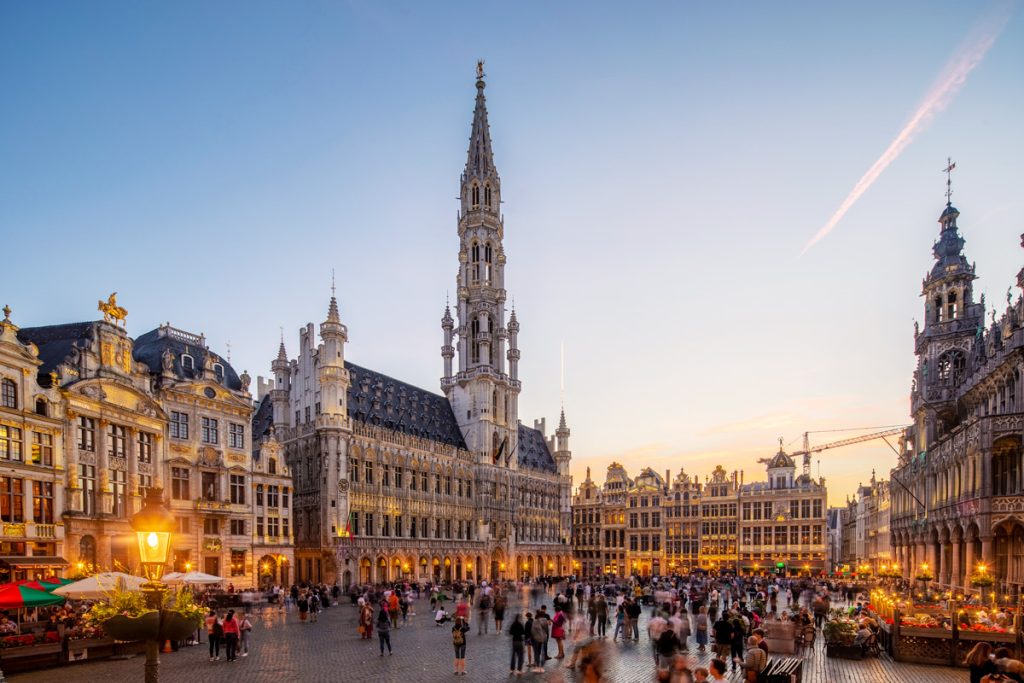
Few places in Europe can rival the sheer majesty of Brussels’ Grand Place. This UNESCO World Heritage square is more than just a pretty backdrop—it’s the city’s beating heart, alive with centuries of history. Surrounded by towering guildhalls shimmering with gold accents, the flamboyant Gothic Town Hall, and the stately King’s House, the square feels like a stage set for grandeur. It hosts everything from bustling Christmas markets to the famed Flower Carpet, when thousands of begonias create breathtaking designs under the summer sky. By day, the square dazzles with architectural details; by night, when the façades glow softly, it becomes utterly enchanting.
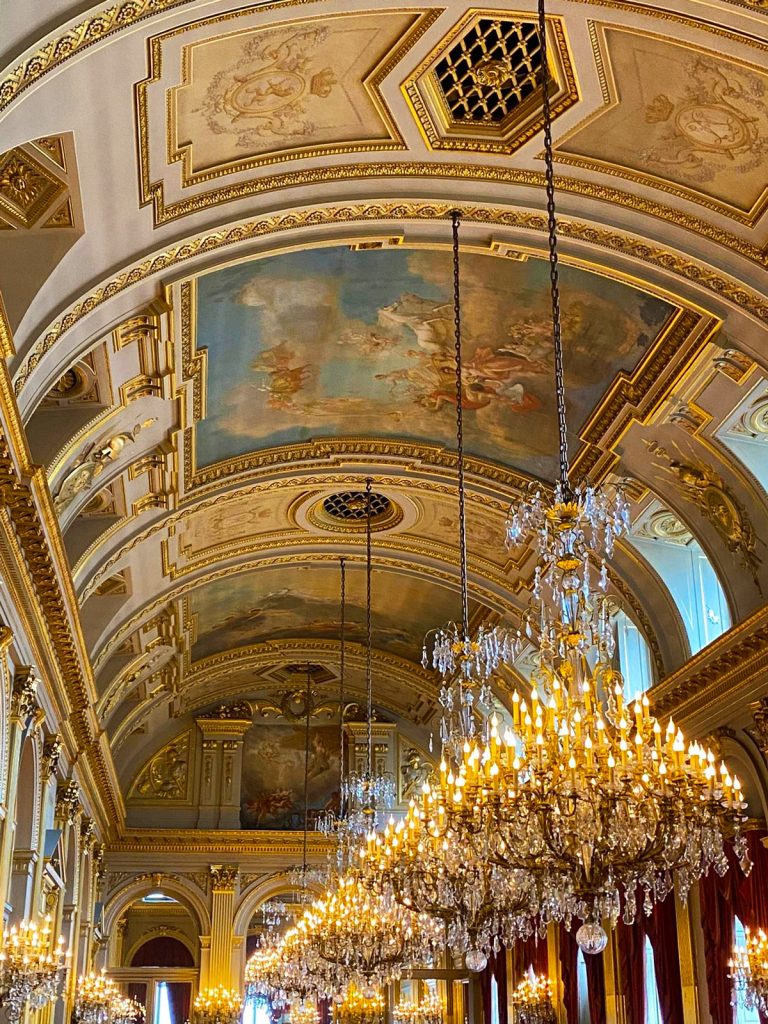
Museums & Culture
For a relatively compact city, Brussels boasts a cultural scene that rivals Europe’s largest capitals. Museums here don’t just preserve history; they invite visitors to interact with it, blending past and present in creative ways. From surrealist masterpieces to antique instruments and Belgian heritage, the city’s cultural institutions are an essential part of the experience.
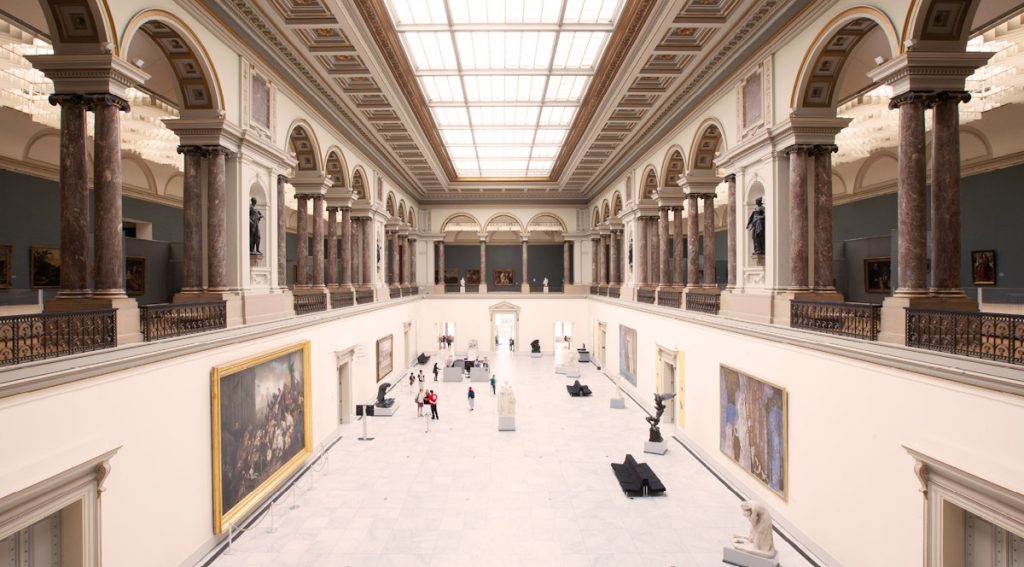
- Musées Royaux des Beaux-Arts – A sprawling collection that takes you on a journey through Flemish masters like Bruegel and Rubens, as well as modern icons.
- Musical Instruments Museum (MIM) – Inside an Art Nouveau gem, thousands of instruments from around the world are displayed with interactive audio stations.
- BELvue Museum – Perfect for anyone curious about Belgium’s identity, this museum traces the country’s political and social story.
- Magritte Museum – A dreamlike space dedicated to René Magritte, Belgium’s most famous surrealist, where his whimsical, thought-provoking works come to life.
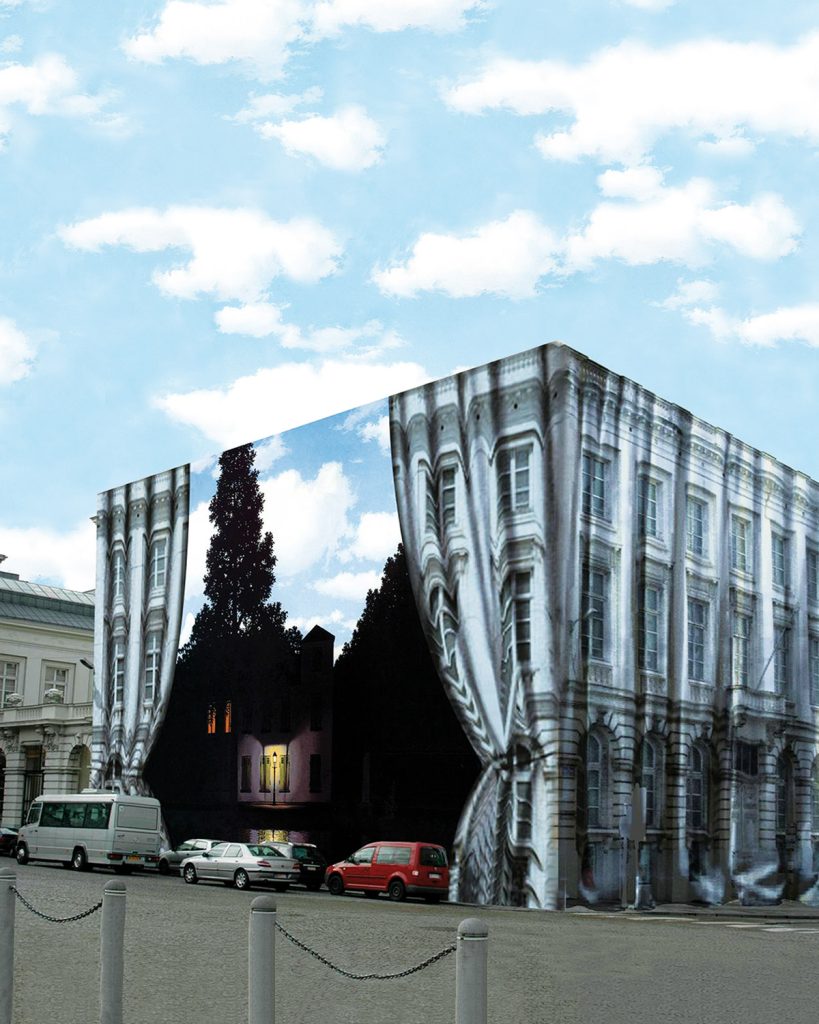
Hidden Gems
Beyond the well-trodden squares and boulevards lies another Brussels—quirky, playful, and full of secrets waiting to be uncovered. This is where the city’s personality shines brightest, whether through its love of comics, its passion for beer, or its tucked-away green spaces.
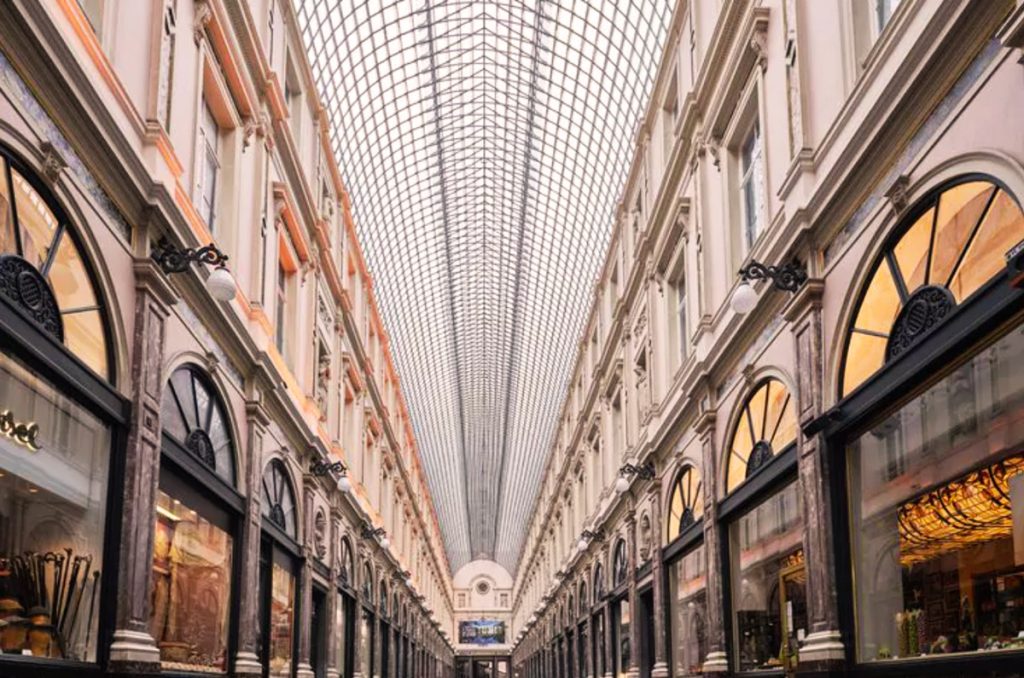
- Galeries Royales Saint-Hubert – A glass-roofed arcade that feels like stepping back in time, lined with chocolatiers, boutiques, and cozy cafés.
- Comic Book Route – Brussels wears its comic heritage proudly, with murals of Tintin, Lucky Luke, and others splashed across the city’s walls.
- Duden Park – A peaceful retreat where locals go for quiet strolls and sweeping city views.
- Delirium Café – A temple for beer lovers, offering more than 2,000 brews and an atmosphere as lively as it gets.
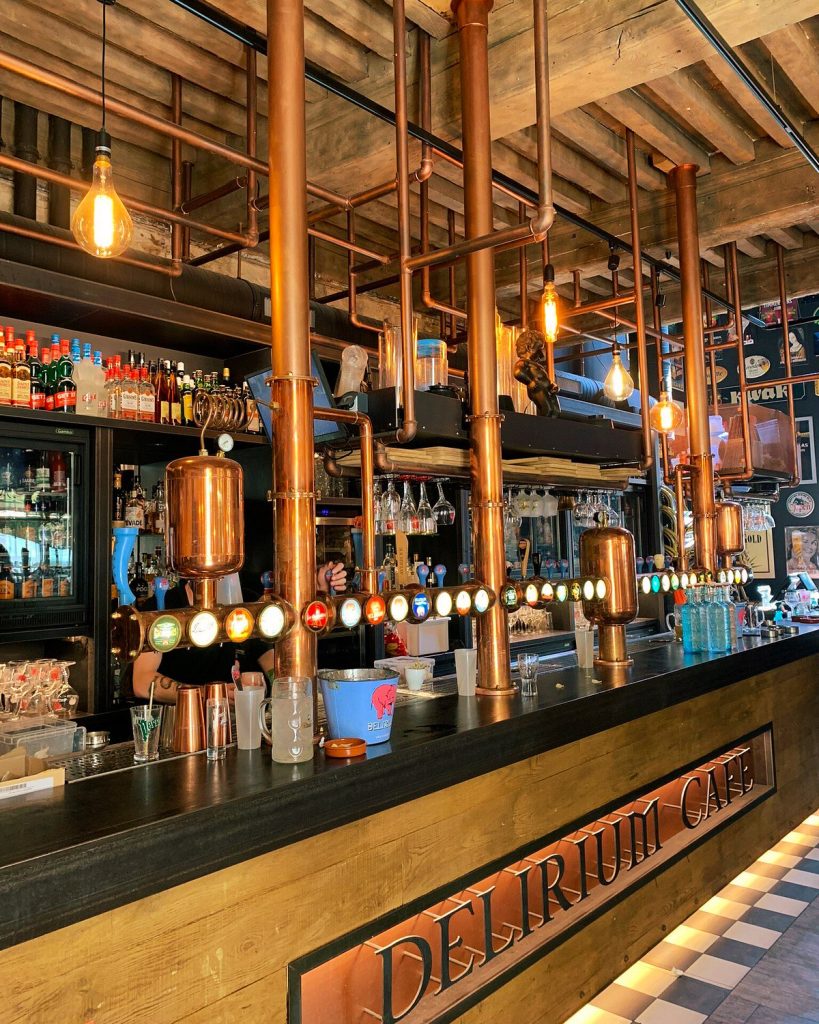
Neighborhoods
Brussels is not one single personality, but rather a patchwork quilt of neighborhoods, each with its own rhythm and soul. Moving between districts is like stepping into new worlds—one moment you’re among antique shops and chocolatiers, the next in bohemian flea markets or sleek European quarters.
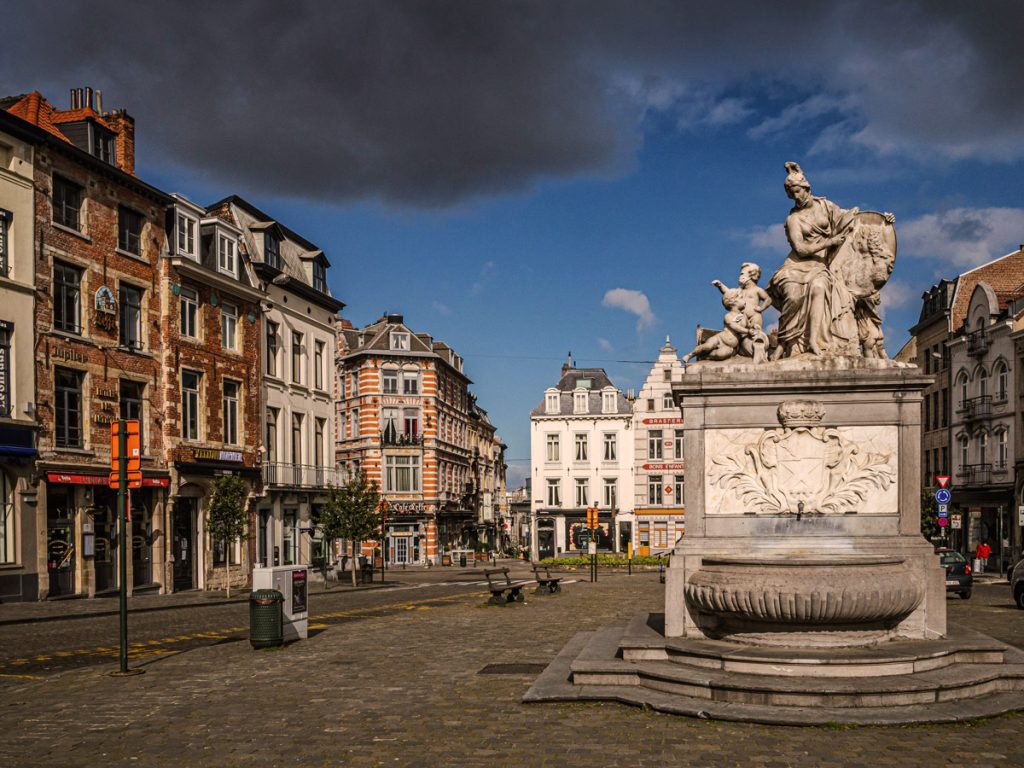
- Sablon – Elegant and refined, where antique shops meet artisanal chocolatiers, making it a paradise for those who love history and indulgence.
- Marolles – Gritty, colorful, and authentic, filled with flea markets, murals, and the kind of eclectic spirit that captures the city’s playful side.
- Ixelles – A melting pot of cultures and cuisines, full of Art Nouveau façades and a vibrant nightlife scene.
- EU Quarter – Modern, international, and buzzing with political energy, where cafés and bars spill over with diplomats and travelers alike.
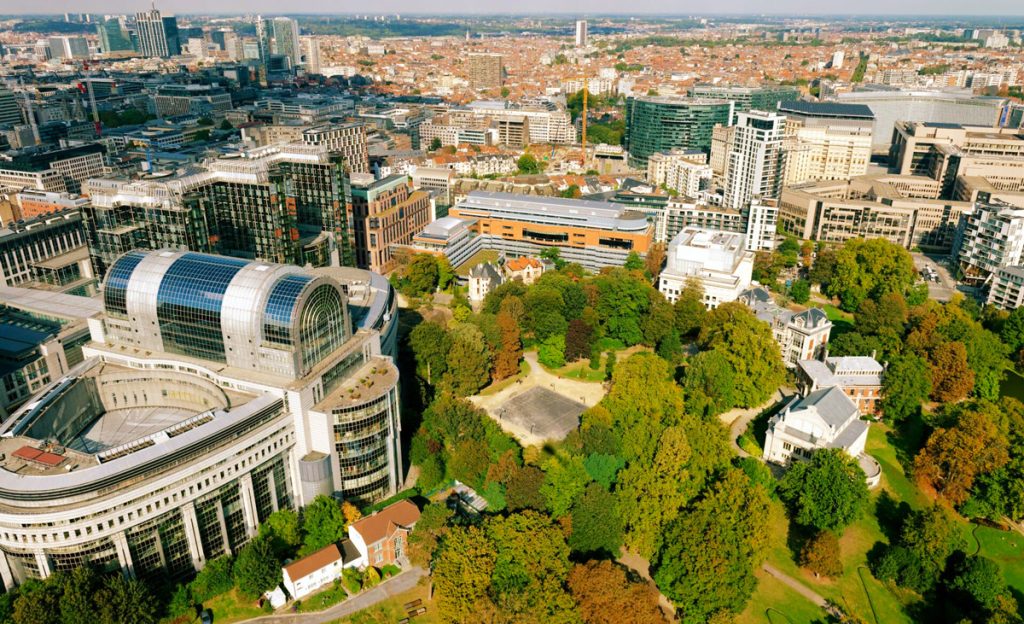
Food & Dining
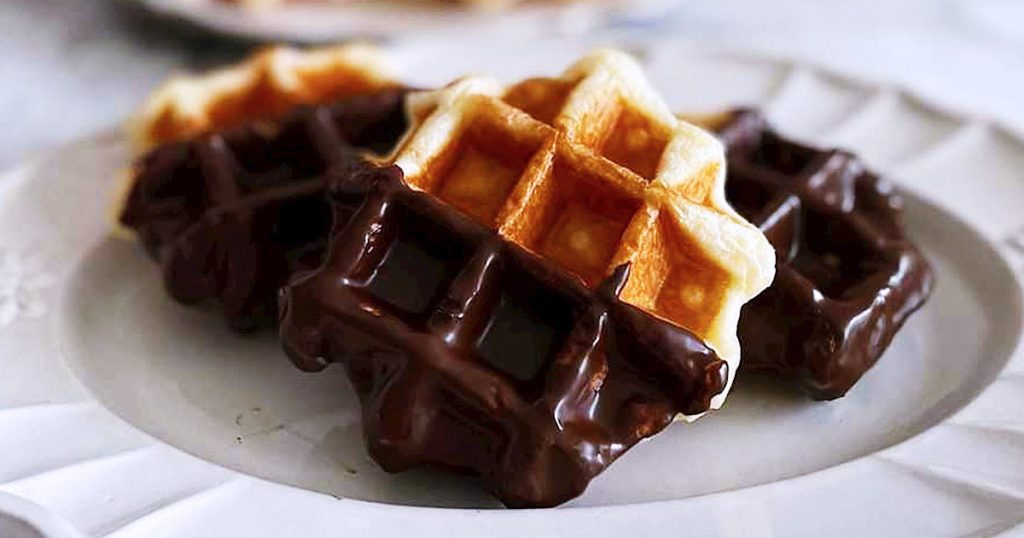
If there’s one thing Brussels knows how to do, it’s food. The city is unapologetically indulgent, celebrating everything from simple street snacks to Michelin-starred artistry. Chocolate, beer, waffles, mussels—these aren’t just stereotypes; they’re woven into the city’s very identity. Every meal here feels like an event, whether it’s enjoyed at a bustling outdoor seafood counter or in the refined setting of a fine-dining institution.

- Maison Dandoy – The benchmark for Brussels waffles and speculoos cookies, a must-stop for anyone with a sweet tooth.
- Chez Léon – A lively brasserie famous for its mussels and fries, serving locals and tourists alike since the 19th century.
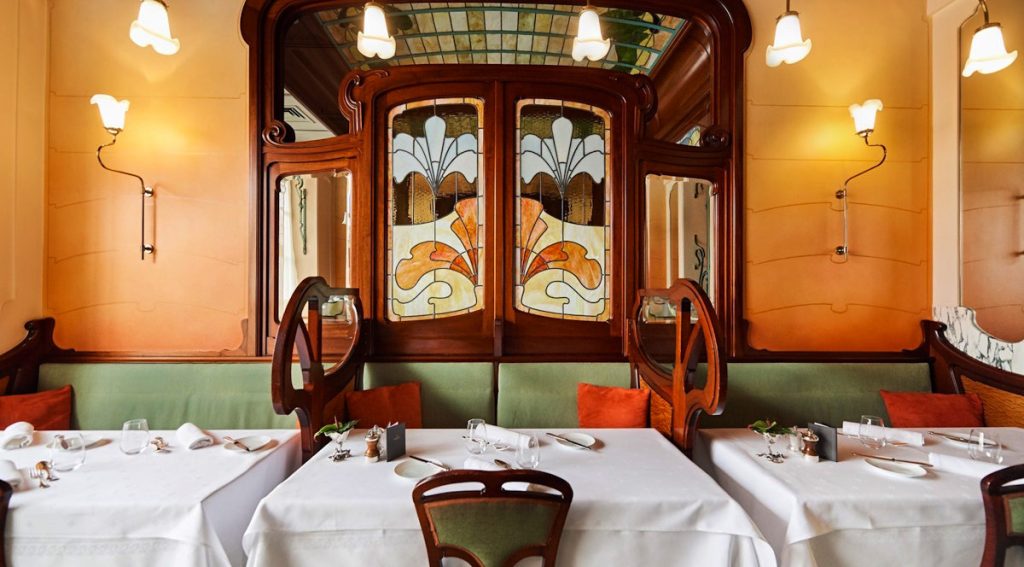
- Comme Chez Soi – A Michelin-starred experience, blending Belgian tradition with modern creativity.
- Noordzee Mer du Nord – A street-side seafood counter where you can stand, snack on oysters, and sip white wine with locals.
- Pierre Marcolini – A temple of chocolate, where pralines are crafted like jewels.

Day Trips
Brussels may be the capital, but one of its best qualities is its location—close enough to countless Belgian gems that you can easily slip away for a day and return by evening. Each excursion offers a fresh perspective on the country’s heritage, landscapes, and character.
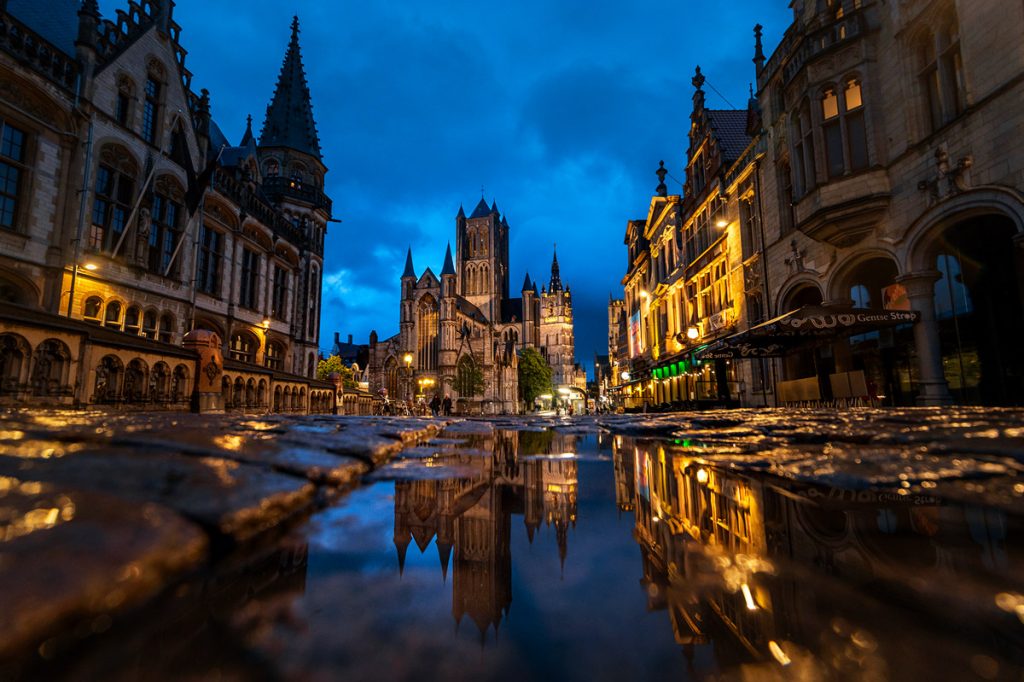
- Ghent – Lively, youthful, and full of medieval canals, this city is a wonderful blend of old-world charm and vibrant nightlife.
- Bruges – With its cobblestone streets and storybook canals, Bruges feels frozen in time—a fairy-tale escape.
- Leuven – A bustling university town, home to historic breweries and one of the world’s longest bars.
- Waterloo – A site of global significance, where Napoleon’s defeat is remembered with museums and rolling green battlefields.
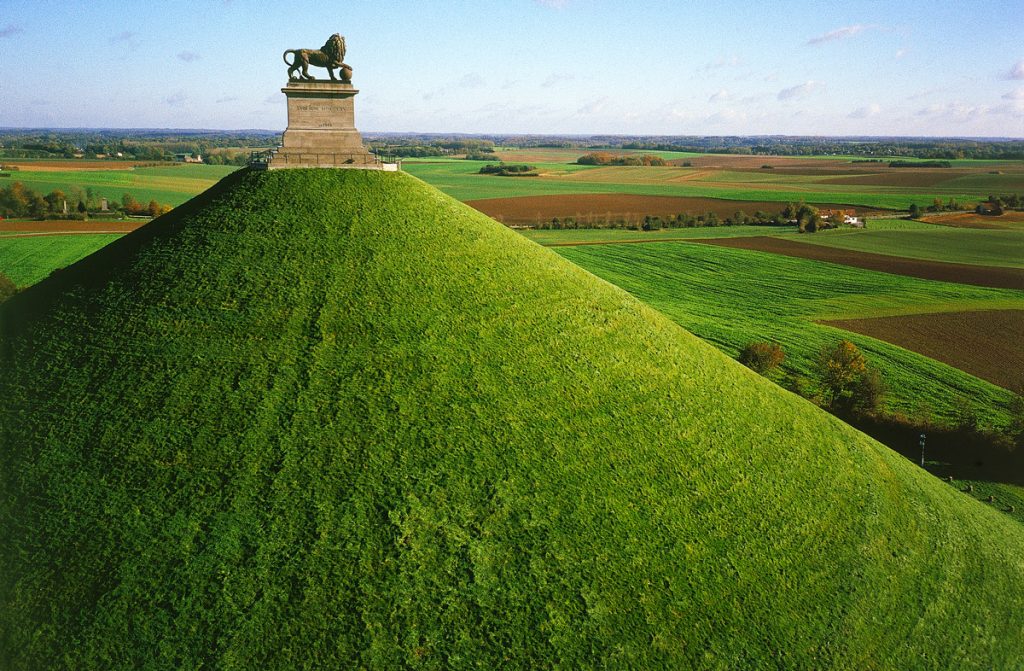
Where to Stay
Finding the right place to stay in Brussels can shape your entire experience of the city. Each neighborhood offers its own flavor—whether you want to be surrounded by history in the old town, immersed in the stylish buzz of Ixelles, or tucked away in a quieter corner with leafy parks nearby. Brussels’ accommodations range from boutique hotels in centuries-old buildings to sleek modern stays perfect for business travelers. Wherever you choose, you’ll find Belgian hospitality infused with charm.
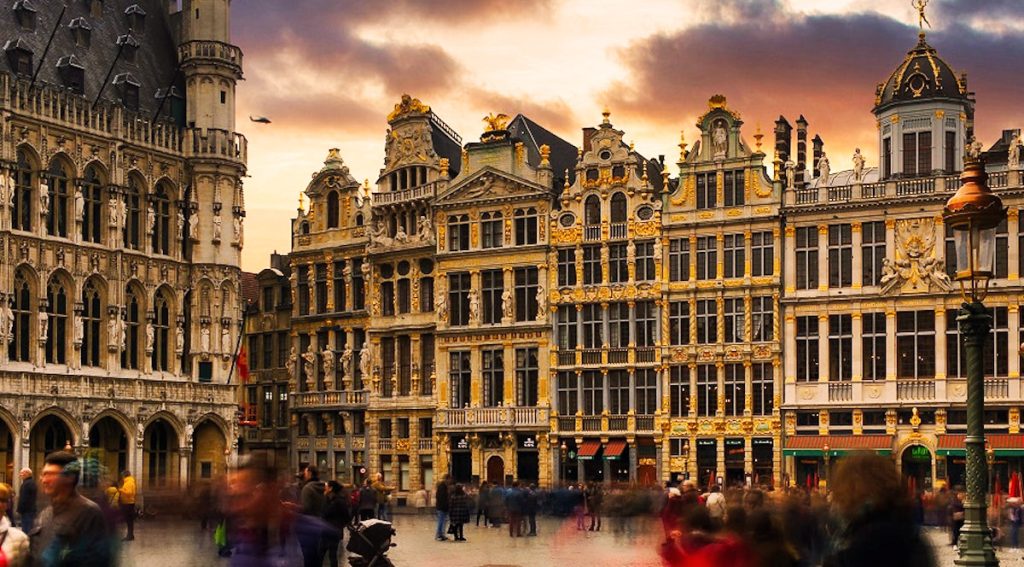
- Historic City Centre – Stay near the Grand Place for unbeatable access to Brussels’ most iconic square. Hotels here often have classic charm and put you within steps of restaurants, shops, and nightlife.
- Sablon – Elegant and refined, ideal for travelers who love antiques, art galleries, and chocolatiers. Boutique hotels here feel polished and intimate.
- Ixelles – Trendy and diverse, with stylish hotels and guesthouses near lively cafés and Art Nouveau gems. Perfect for a younger, more eclectic vibe.
- European Quarter – Businesslike but convenient, with modern hotels close to EU institutions. Great for those combining work with leisure.
- Saint-Gilles – Quieter and more bohemian, with artistic guesthouses and cozy Airbnbs in leafy streets.
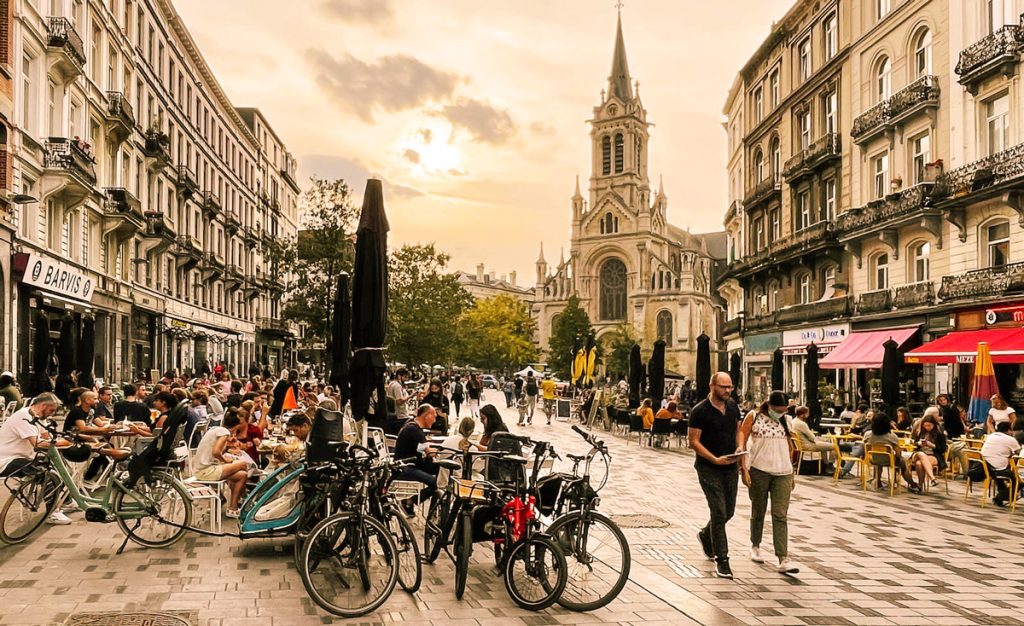
Final Thoughts
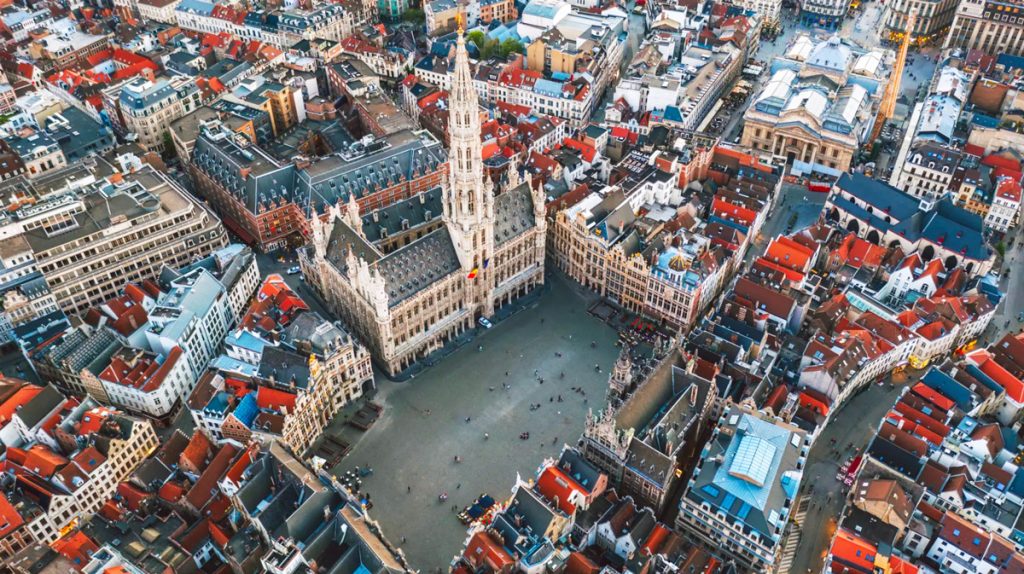
Brussels is a city of contrasts: historic yet modern, serious yet playful, indulgent yet thoughtful. It invites you to wander its squares, indulge in its culinary treasures, and marvel at its artistic and political significance. Whether you’re savoring a warm waffle in the Sablon, raising a glass in Delirium, or tracing the brushstrokes of Magritte, Brussels offers experiences that linger long after you’ve left. It’s a capital that doesn’t just tell the story of Belgium—it tells the story of Europe itself.

